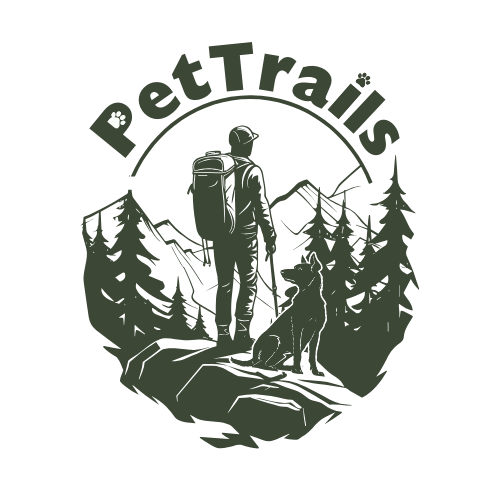
Late Summer Trail Conditions: What to Expect on Popular Hiking Routes Right Now
Share
Late summer is one of the most rewarding times to hike with your dog. The days are long, trails are in full bloom, and many of us are squeezing in those final outdoor adventures before fall begins to creep in. But as the season shifts, so do the trails.
From midday heatwaves to late-season storms and drying creeks, late July and August come with their own set of trail quirks, and knowing what to expect can help you and your pet stay safe, prepared, and happy out there.
What’s Changing on the Trails in Late Summer?
Late summer trail conditions vary by region, but several patterns tend to pop up across many hiking areas. Here’s what to look for:
1. Dry and Dusty Trails
Many popular hiking routes have been well-used by this point in the season, and that means more exposed dirt, less moisture, and a higher chance of dry, dusty conditions. Trails through open meadows or alpine zones may be sunbaked, while forested routes can develop loose debris like dry pine needles or crunchy leaves.
Tip:
Bring extra water for your dog, and consider paw protection if the trail surface gets too hot or rough. Wipe down their coat and paws after the hike to remove dust and prevent irritation.
2. Afternoon Thunderstorms and Sudden Weather Shifts
In many mountain regions and humid zones, late summer brings frequent afternoon storms. These can roll in quickly, especially at higher elevations, and may bring heavy rain, lightning, or gusty winds.
Tip:
Start your hikes early in the morning to beat the heat and the storms. If thunder is common in your area, consider trails that keep you below the tree line and always have a safe, quick exit strategy.
3. Overgrown Trails and Vegetation
After a full season of sun and rain, vegetation tends to be at its peak. Grassy paths, dense underbrush, and even poison ivy or thistle might be more prominent now than earlier in the season. Trails that were wide and clear in spring might feel a little more "wild" now.
Tip:
Bring a towel or brush to clean burrs or seeds from your dog’s fur after hikes. Tick checks are especially important in late summer when plants and grasses are thick and growing quickly.
4. Variable Water Levels
Streams and creeks that were flowing strong in spring and early summer may now be dry, or in some areas, unexpectedly high due to recent storms. This can impact water availability, crossings, and trail conditions.
Tip:
Never rely on natural water sources for your dog this time of year. Carry enough clean water for both of you, and always check recent trail reports for any updates about water crossings or dry conditions.
5. Fire Season and Air Quality Concerns
In drier parts of the country, wildfire season peaks in late summer. Even if you’re far from a fire zone, drifting smoke can impact visibility, respiratory health, and trail access.
Tip:
Check local air quality reports before heading out. On smoky days, opt for indoor enrichment or short walks in safer areas. Dogs are just as sensitive to poor air quality as we are.
6. Increased Wildlife Activity
As animals prepare for seasonal transitions, you might see more wildlife out and about, deer, bears, snakes, and even smaller critters like skunks and porcupines tend to be more active.
Tip:
Keep your dog leashed in unfamiliar or high-risk areas. Consider a bell or light on your dog’s harness to alert wildlife of your approach. Always store food and treats securely during rest stops.
Late-Summer Gear Check for Your Dog
Make sure your pup is prepared for the challenges of late summer hiking:
- Plenty of water and a collapsible bowl
- Cooling gear like bandanas or vests for hot weather
- Paw protection for rough or hot surfaces
- Tick prevention and post-hike checks
- Brush or towel to clean off burrs, sap, or mud
- Dog first aid kit in case of minor injuries or bites
Planning Tips for the Best Late-Summer Hikes
- Choose trails with shade or water access to keep your dog cool
- Avoid peak afternoon hours, especially in hotter climates
- Check local trail reports for closures, fire risk, or weather alerts
- Keep hikes shorter if your dog is sensitive to heat or humidity
- Stay flexible, trail conditions can change fast this time of year
Conclusion
Late summer is a beautiful time to get outside with your dog, but it comes with a unique mix of trail conditions that are easy to overlook. By knowing what to expect, whether it is dry trails, fast-changing weather, overgrown vegetation, or shifting water levels, you’ll be better prepared to enjoy every hike safely.
With the right planning and a little flexibility, you and your pup can make the most of every warm-weather adventure still left in the season.
